...but the problem is it will be generated the last one i deleted before
Do not expose your primary key. It's a bad idea.
Primary keys are internal unique row identifiers. They are not supposed to be sexy or good looking. If you are caring about its value, then it means you somehow want to expose its value to the external world, and that's a really bad idea; if you do this you'll be converting this key into a natural key somewhere else in a different application and that can become an expensive dependency to maintain in the short, medium, and long term.
Solution? If you really care about the format, numbering, and you want to expose the PK, then create a secondary key [column] on the table. This one can be generated automatically, with any value or format you prefer. And you can feel free to expose it to any other application, or even to the end user.
